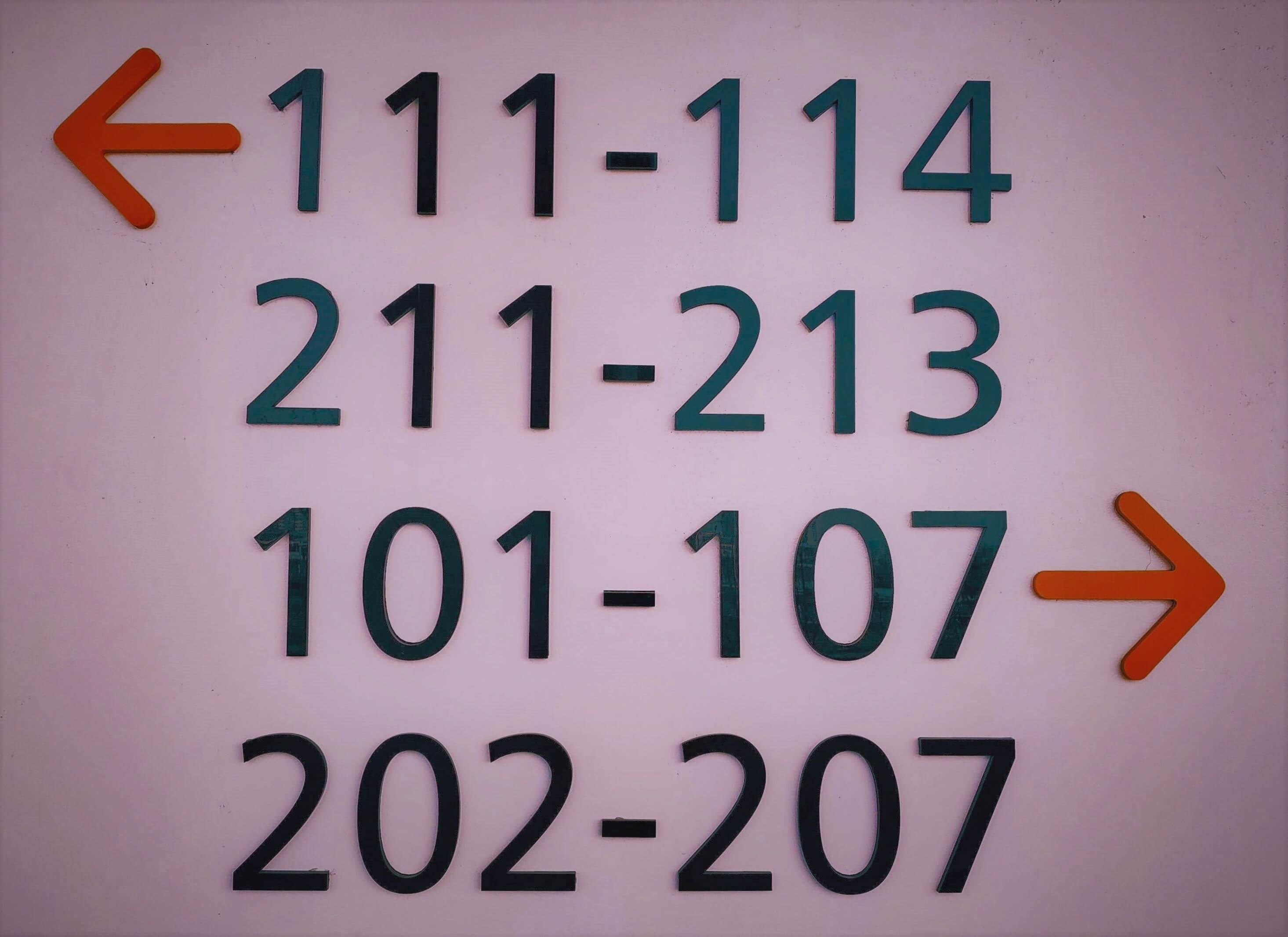“The prospect just downloaded our content and the sales rep calls within a minute!” For his presentation, the speaker set a timer to prove the tactic’s speed.
Calling in response to a content request is a slight improvement over guess work. Wherever the prospect is in their journey, near or far from a purchase, without larger context, it is nearly impossible to be helpful.
For the customer, that false urgency just comes off as opportunistic.
I’ve worked with clients who followed this practice. Only rarely did those calls occur at the right time, and rarer still that did they result in a sale. Sales was frustrated and revenue suffered.
My solution: lead scoring.
Lead scoring models send a data-driven signal to Sales that the stars are aligned. They begin high-touch interactions at the right time—and with an understanding of prospects’ needs, who contributes, where the journey(s) have taken them.
Lead scoring increased and sped clients’ close rates, drove greater efficiency, and accelerated revenue.
Lead Scoring is More Than a Binary Signal
Go or no: that’s the benefit from lead qualification. Lead scoring, however, introduces essential insight about prospects’ needs and their journeys.
With customers now plotting their own journeys, paths aren’t standard, progress isn’t steady, and lots of activity is invisible. With so many unknowns, companies often pounce at any interaction with the same message, subtle or not: “buy it!”
Those messages scream self-interest, sour the relationship, and depress revenue.
And under some circumstances, they’re darned creepy.
In contrast, lead scoring can signal the right time for high-touch interactions and, as it can provide information about prospects’ journeys, also arm Sales with information needed to quickly close sales.
Instead of a binary value, lead scoring increases and speeds the close rate, boosts
efficiency, and accelerates revenue.
Support All Decision-Makers & Complex Sales
“There are always blockers. You have to support your sponsor to convert them and win the sale”. A sales executive described the demands of complex B2B sales.
When that complex sale involves different decision-makers, they typically have different priorities and needs. Tech decision-makers always take a different path than their business counterparts.
If companies track the B2B customer journey as one uniform track, they can’t support their sponsor to clear blockage, and convert prospects into valuable customers.
I’ve developed lead scoring models that revealed the individual progress of each decision-maker’s journey. Clients recognize when movement is steady, or stalls, and when they need to arm sponsors to convert the blockers.
Lead scoring is a data-driven signal that the stars are aligned. Sales engages at the right time for high-touch interactions & with the customer intelligence
needed to close sales.
The result increased and sped the close rate and boosted revenue.
The Longest Journey….
Here’s a lead scoring example: we had to start somewhere. I developed a lead scoring model for a client who didn’t measure Marketing’s or Sales’ performance. Through a complex sale, they had no idea what worked and what didn’t.
Without market understanding, the client’s marketing content had become increasingly specialized. They were marketing to themselves.
The sales team called whenever someone downloaded content because they had no understanding of lead maturity.
Customer acquisition and revenue declined; costs increased.
I based the lead scoring B2B model on the best information available and best practices.
It wasn’t perfect. It didn’t have to be.
The initial methodology created a baseline: we measured performance, tested, and made iterative improvements.
Sales had access to all leads, irrespective of the score, and could begin with the highest and drill down as far as they liked.
Increasingly, the client understood what supported decisions and conversion in a complex sale.
Starting with lead scoring led to accelerated revenue and lower costs.
+ + +
Customer acquisition reliably drives the great cost, ranging from 5x-25x.
When prospects consume content from so many available sources, understanding needs and tracking progress is challenging. With multiple decision-makers, it’s even more confounding.
In the absence of perfect information, companies often use expensive high-touch tactics to push a sale. Typically, these calls are unwelcome, poorly timed, and don’t win a sale.
But companies don’t need perfect information.
I’ve devised data-driven lead scoring methodologies that revealed necessary information about prospects’ needs and progress through their journeys.
The result for clients was informed, right-time interactions that increased and sped the close rate, lowered costs—and accelerated revenue.
That’s no parlor trick.
About Marina Erulkar
I create comprehensive growth strategies for mid-sized companies. My clients gain greater revenue and lower costs. I frequently uncover unseen revenue sources.
I begin with a proprietary assessment that combines quantitative, qualitative, and process. The resulting recommendations are quantified and prioritized so you will gain the greatest revenue sooner with the least, if any, investment. Clear plans ensure that teams can quickly execute.
Engagements are typically completed in under three months.
The result for my clients is greater, reliable top- and bottom-line revenue. And a growing business.
If you need lead scoring how to, or to see if I can help you grow revenue and reduce costs:
Photo Credit: He Junhui

